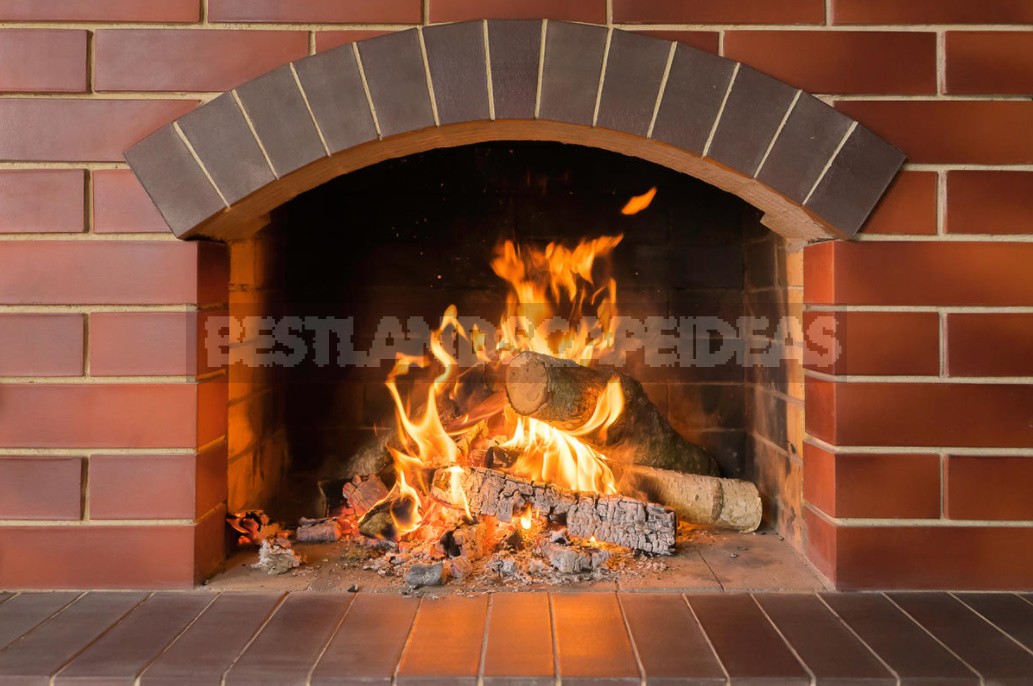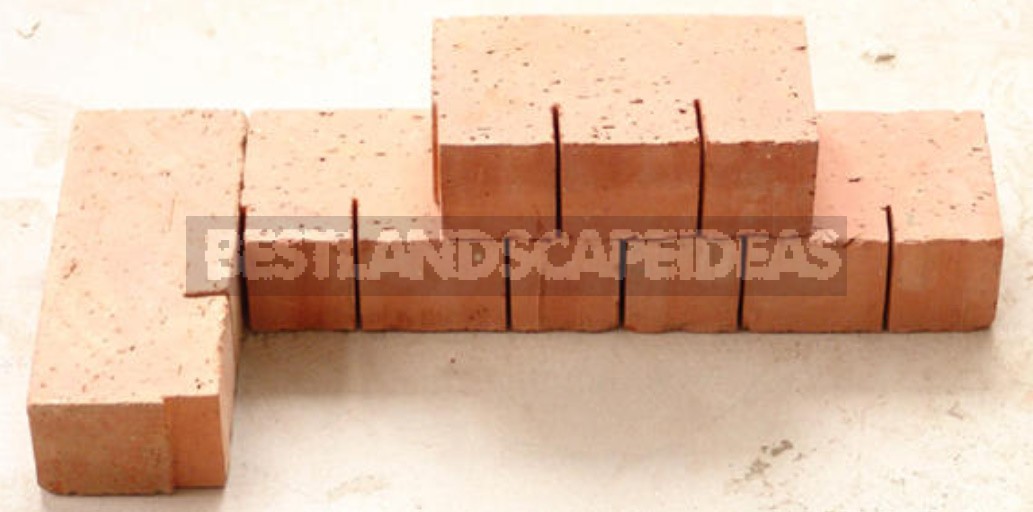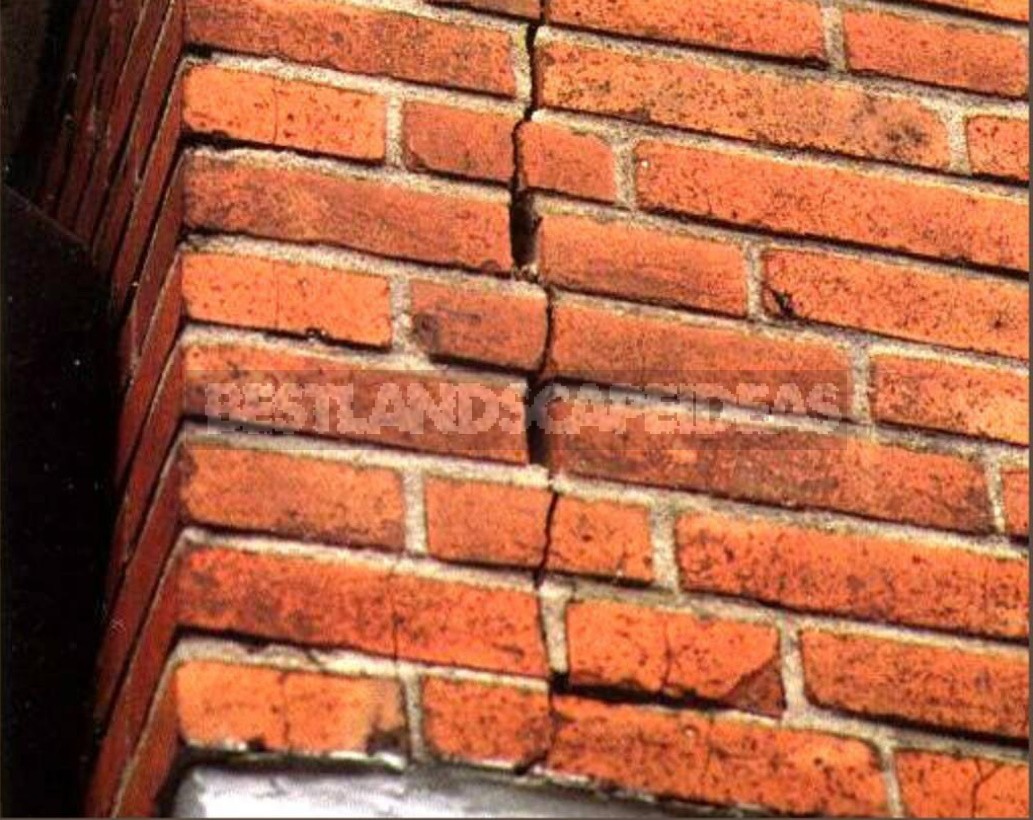
It would seem, well, what can happen to a newly folded stove? But here’s the problem: less than a year later, the bricks are already cracked,and in some places even got out. Let’s look at two main reasons for what happened.
Overheating
Brick blocks, even those made of chamotte clay, are very fragile, so if the operation mode is violated, the masonry will gradually collapse.
Let’s imagine this picture. Once in winter, after a long absence, the owners of the dacha, having come to rest for the weekend, begin to heat the stove. Wanting to warm the house as quickly as possible, they put the maximum possible amount of fuel. And then for 6-8 hours intensively operate the device, throwing firewood. The inside of the firebox and chimney heats up very quickly, while the outside remains cold for a while. Under the influence of the rapidly rising internal temperature, the bricks undergo linear expansion and press against each other with increased force. And since they have nowhere to expand — they crack and deform, shifting to the side. The solidified solution in the joints between them does not withstand the load and, losing its strength, partially crumbles. After the fuel runs out and the masonry cools down, the bricks are reduced to their previous size, leaving noticeable cracks instead of sealed seams.

Meanwhile, it is not difficult to avoid this problem. Since the heating speed is of great importance, experts recommend that after a long break, do not heat the oven for too long, after a couple of hours the device should be allowed to rest. During this time, the inner walls will cool down a little, and the outer walls will heat up. As a result, the temperature will be equal, and the masonry will remain intact.
But what if the “paratope” has already happened — with all the consequences? Of course, you should not leave cracked bricks, otherwise their destruction will continue. The damaged part of the wall or chimney will have to be repaired: replace the bad blocks with new ones — and fill the seams with the solution again. Experienced stoves advise when repairing masonry to make two cuts on the back of the bricks up to 3 cm deep. And another cut to make on the poke — that is, where the blocks are joined to each other horizontally. In this case, thanks to the gaps, they will be able to expand without damage. It is very important to make two cuts that divide the brick into three equal parts, and not one in the center, which will only accelerate the appearance of cracks. A small cutout on the poke allows you to increase the thickness of the seam, which also strengthens the masonry.

Thus, the design of the furnace will remain intact even if it overheats, and the device will continue to please its owner for many years to come.
Incorrect Foundation arrangement
If the Foundation of the furnace is not connected to the Foundation of the house, damage to the masonry may be caused by uneven movements of both bases. The problem is that the building and the device exert different pressure on the ground. As a result, the influence of soil on both foundations is also different. When they are not the same draft, the heating unit, tied to the elements of the house structure, experiences additional loads. They are the ones that cause cracks in the bricks and seams of the stonework.

To ensure that the Foundation of the furnace was connected to the base of the cottage, you should worry at the construction stage. But it also happens that the need for stove heating is considered after the house is built. It is clear that in this case, it is often impossible to link both supports together. And if the Foundation of the building is columnar, then it is impossible to connect it with the furnace Foundation during construction. However, the negative impact of the soil and the mutual displacement of the bases will not be so significant if a number of conditions are met.
When the belt support of the house is buried below the freezing level, it is necessary to bury the base under the stove less, this will also have less impact on the ground. The distance between the structures should be twice as large as the difference in depth.
If the Foundation of the building is shallow, the same should be the Foundation of the furnace. In such a situation, they should be separated from each other by a strip of soil untouched by a worker’s shovel with a width of 10-30 cm. We are talking about a small plot of land between two construction zones, where the development of pits was carried out. If you need to make the support for the stove deeper than at home-the interval is calculated similarly. In addition, the base for the heating unit should be wider and longer than it by 10 cm: such a support will be more stable.
Compliance with these rules will help to level the difference between the precipitation of the house and the furnace, and avoid damage to the brickwork.




Leave a Reply